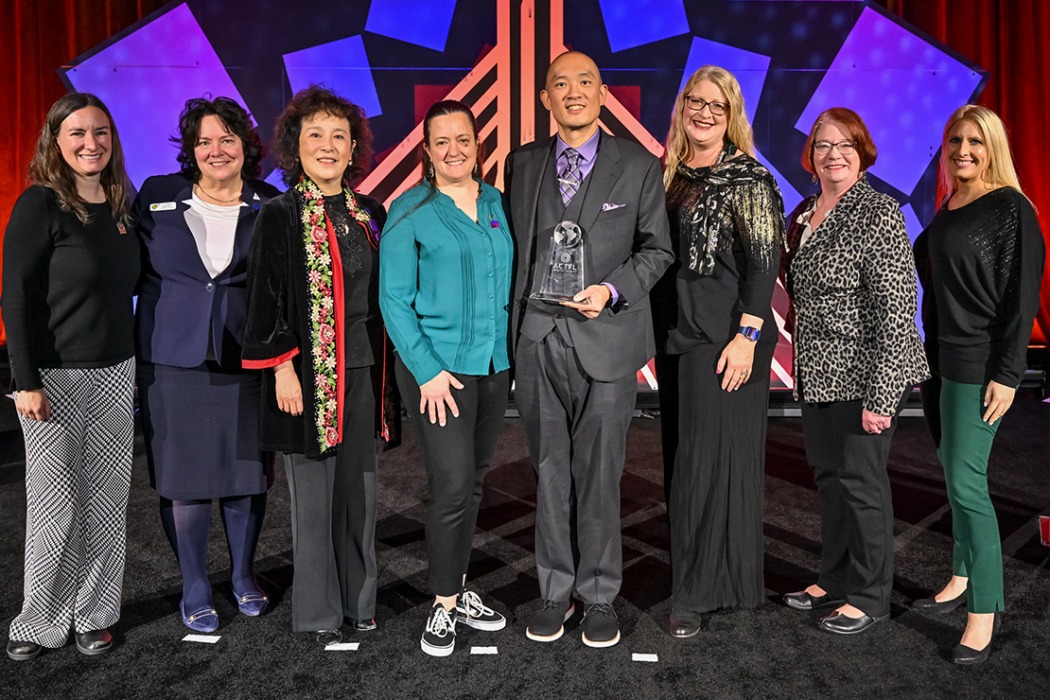Hannah Gonzalez

2015 Hall of Fame Nominee

Mt. Hebron High School
Woodbine, MD
2015 Finalist from NECTFL
I studied Spanish for five years before I finally “got it”. I poured over pages and pages of verb charts, memorized infinitives and clearly identified the differences between por and para, without the faintest idea as to why it was important. My mother owned a landscape company, and employed several migrant workers from Mexico who desperately tried to communicate with me when they were told, “I knew Spanish”. They were baffled when I was unable to form sentences, and even more puzzled when they realized that I had absolutely no desire to do so. The reality was that I had learned the language, but I viewed it as some abstract concept with no useful application.
My first year in college, I had the tremendous luck of enrolling in a Spanish course whose professor was passionate about Spanish culture. For the first time as a pupil of the Spanish language, I was no longer devoting my time to simple verb charts or abstract sentences; I was utilizing the language in its natural form. Instead of using prompts from a dated textbook for discussion, we read from Hispanic newspapers, discussed politics, ate food and learned to dance. By the end of the semester, I was frantically quizzing my mother’s employees for all information they could bestow on me concerning both their language and culture. Their response was unanimous: I needed to travel.
For the next two years, I trekked across Mexico on and off. I began by enrolling in a Spanish language school in the cosmopolitan city of Cuernavaca, and ended by living in the remote mountains of Hidalgo, tutoring young children. I immersed myself in the two Mexico’s: the part that was politically active, educated and devoted to ending corruption in Mexico, and the part that had been altogether ignored by modern society, and had all but given up on a new, improved nation. It was, and is a dichotomy that plagues most of Latin America; one that few have the privilege of experiencing to the fullest.
It was at this point in my travels, that I realized that I wanted to bring this incredible society: its culture and language to students back home. The desire to teach was heightened, when I finally took notice of the large number of Hispanic immigrants flocking into the northeastern United States, only to be met with misunderstandings, racist remarks and discrimination. While observing a classroom, in a suburb of Washington, I watched in horror as students taunted a Mexican custodian, by calling him a “wetback”. Teaching Spanish to secondary students provides me with an extraordinary opportunity: to help students empower themselves through the mastery of a foreign language, to teach them about the incredible cultural diversity that exists, while at the same time debunking stereotypes and discriminatory beliefs of our nation’s youth. It allows me to prepare students for the changing political landscape of their community, the emergence of more and more Hispanic students, while avoiding conflicts and misunderstandings. Teaching Spanish allows me to share my passion for the language and diverse Hispanic cultures, in the hope that my students will truly “get it”.